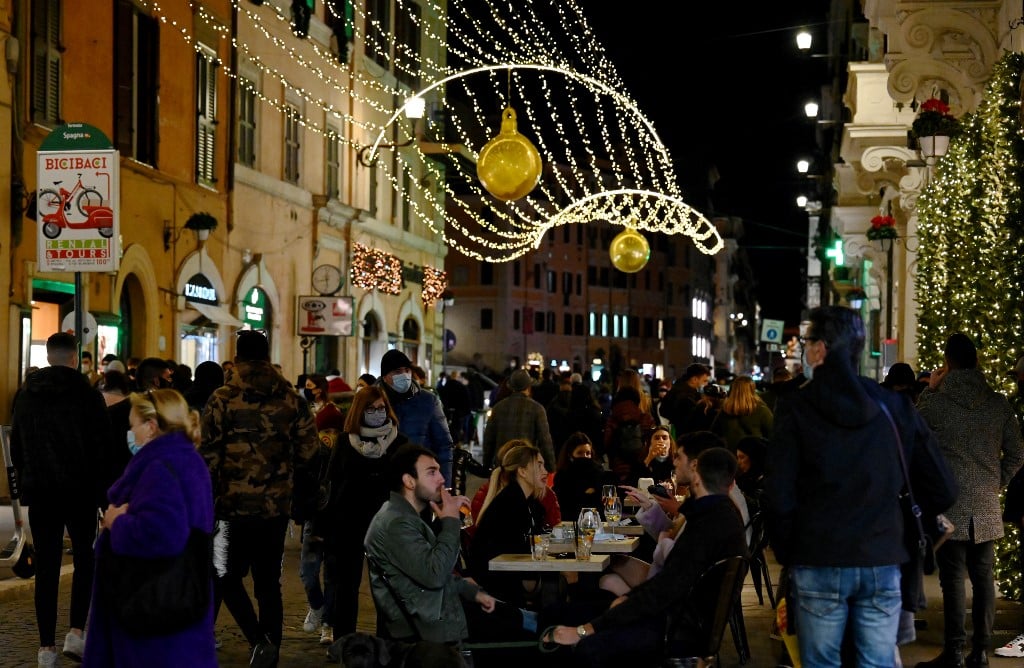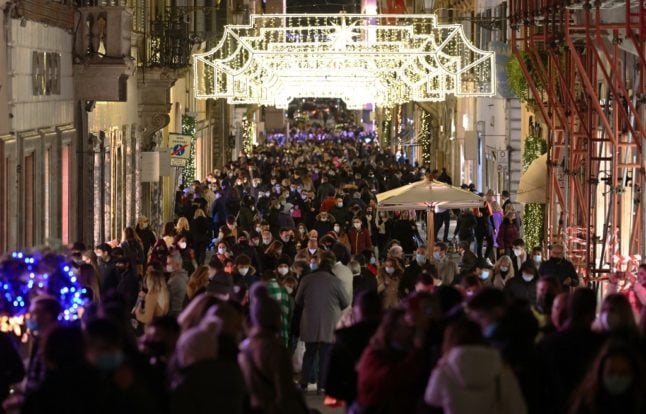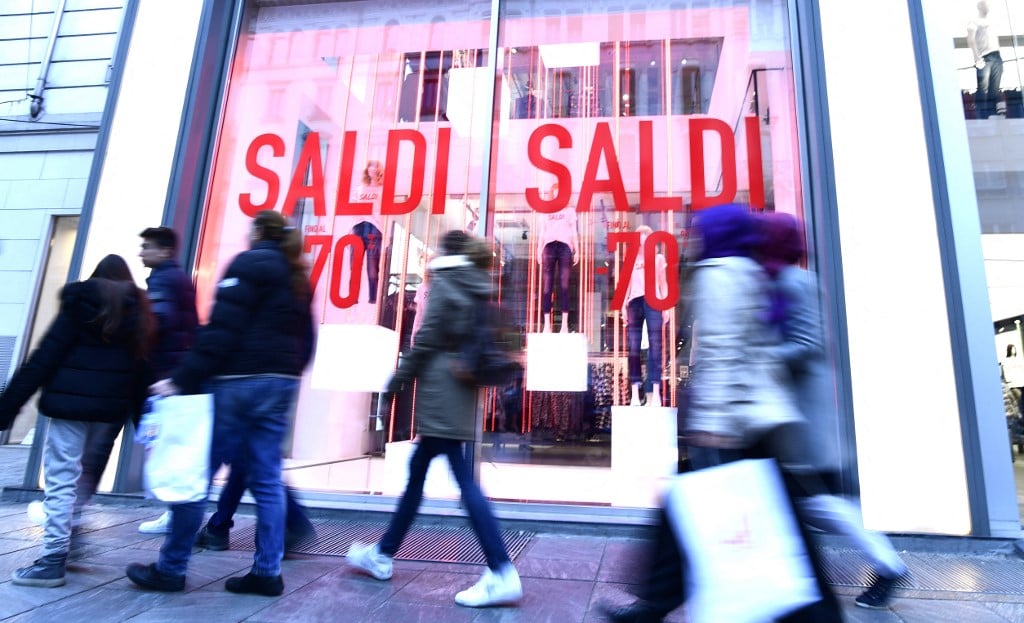“Don't let us see any more photos like the ones from today: we must all avoid a third wave taking place,” said Domenico Arcuri, Italy's Covid-19 emergency commissioner.
Speaking on Italian TV on Sunday evening, he was referring to pictures of city centres across Italy thronged with people earlier that day, as restrictions were eased in several regions and many bars and restaurants reopened for the first time in weeks.
READ ALSO: Coronavirus risk level downgraded in five more Italian regions
“It would be difficult to start the vaccination campaign [in January] with the curve steepening again,” Arcuri warned, calling the crowds “unacceptable”.
While shopping centres and large outlets have to close on weekends, individual shops and department stores are allowed to remain open – but since they can only admit a limited number of people at once, long queues are apt to form outside and clog busy streets even further.
In Rome, the historic centre became so crowded that police temporarily blocked off the Trevi Fountain.

A busy street in central Rome on Sunday. Photo: Vincenzo Pinto/AFP
There were also reports of lines outside restaurants in Milan and Turin on Sunday, after the surrounding regions of Lombardy and Piedmont went from orange zones to yellow zones under Italy's tier system, which tighten restrictions in areas of higher risk.
The change means that bars and restaurants can reopen their tables to customers until 6pm, after weeks of serving only take-away.
Basilicata and Calabria also went yellow in Sunday's update, while Italy's last remaining red zone Abruzzo was downgraded to orange.
The update leaves most of Italy in yellow, with only a handful of orange zones and no red zones.
There is speculation, however, that the government could retighten the rules over Christmas, as Germany has just done.
According to unconfirmed reports in the Italian media, the government may be considering declaring the whole of Italy a red or orange zone over the holidays, with restrictions on travel and business openings. The government's scientific committee is due to meet ministers later on Monday.
TIMELINE: How Italy's coronavirus rules get stricter towards Christmas
As things stand, Italy will impose stricter limits on international and domestic travel from December 21st to January 6th, with everyone arriving from overseas subject to 14 days of quarantine and crossing between Italian regions only allowed in emergencies.
In addition, non-essential travel between towns will be forbidden on December 25-26th and January 1st.
Find out more about Italy's Christmas coronavirus rules here.




 Please whitelist us to continue reading.
Please whitelist us to continue reading.
Member comments